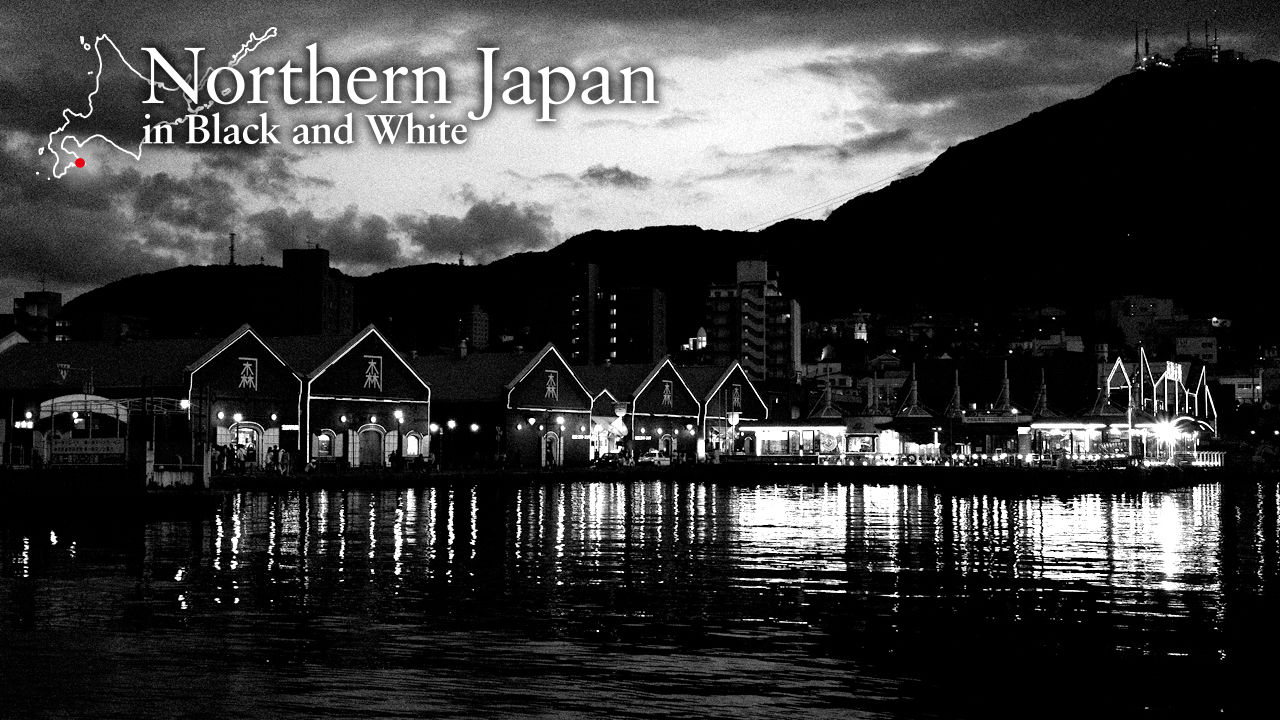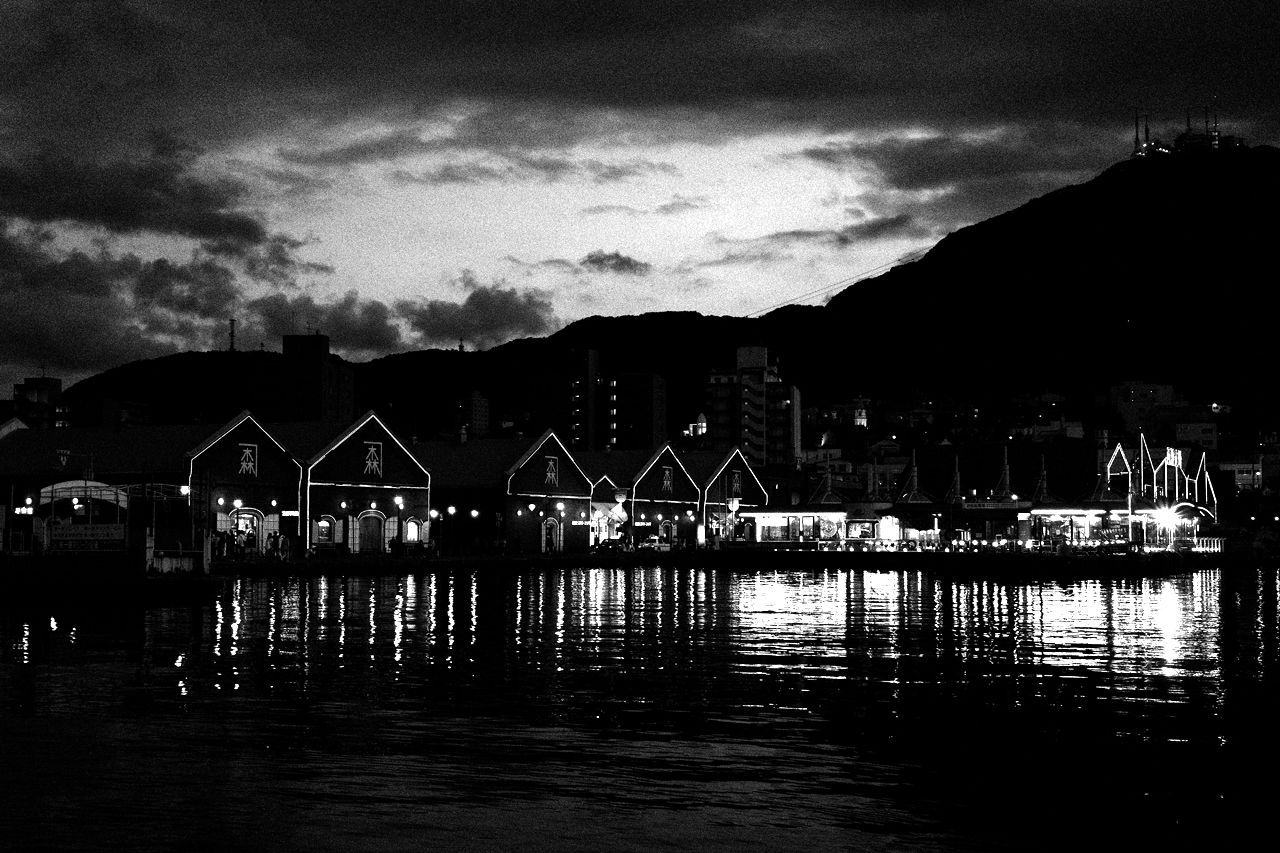
New Uses for Old Warehouses
Guideto Japan
- English
- 日本語
- 简体字
- 繁體字
- Français
- Español
- العربية
- Русский
The members of the Kanemori Shōsen board of directors were dismayed. Convert the company’s historic warehouses into a beer hall? How could a company that had been in business for more than a century fall so low? But the sixth-generation head of the firm, Watanabe Tsunesaburō, persisted. After all, he pointed out, the company founder and entrepreneur Watanabe Kumashirō had once done the same back in the late eighteenth century.
The heated debate over corporate policy took place in 1985, just three years before the opening of the Seikan Tunnel linking southern Hokkaidō to the main Japanese island of Honshū. Doubters were quick to point out that a beer hall was not likely to fare very well in the cold of a northern winter. Well then, asserted Tsunesaburō, it would just have to rake in enough of a profit to cover the rest of the year.
While Kanemori executives deliberated new directions, others were focused on redeveloping the western section of Hakodate Bay, the location of the original Hakodate treaty port where Western ships were allowed by the Tokugawa shogunate (1603–1867) to come in and trade beginning in 1859. Few remember him now, but one of the people involved in the 1980s redevelopment was Okada Shin’ichi, a Japanese architect who had recently made a name for himself with his design of the Japanese Supreme Court building in Tokyo. Okada was put in charge of renovating the observation platforms at the top of Mount Hakodate and redeveloping the area around the old harbor warehouses.
As he walked about, Okada was charmed by the historical ambience of the old bay area. He saw a lot of potential in the area, but a local preservation society had been loudly protesting the proposed redevelopment. They did not want to see the old historical buildings dismantled. Okada approached them with a proposal to preserve and renovate the old bay area warehouses. He made the same proposal to Nemoto Jirō, an old friend who at the time was president of Nippon Yūsen (Japan Mail Shipping Line)—the company that owned the cluster of warehouses scheduled for demolition right next to the Kanemori warehouses. By the time the Seikan Tunnel opened in 1988, Okada had transformed the bay area into a thriving commercial complex encompassing the buildings of the Kanemori Red Brick Warehouses, which house the Hakodate Beer Hall, and the Bay Hakodate.
 The Kanemori Red Brick Warehouse complex (2018).
The Kanemori Red Brick Warehouse complex (2018).
Before the redevelopment of the bay area, the Kanemori warehouses had been full of merchandise of various kinds—everything from flying squid and konbu kelp to rice and imported flour—brought into the port by trading ships and fishing vessels plying the northern Japanese seas. As the fishing and shipping industries began to wane, however, the facilities came to house small-volume household goods and general cargo.
As the near-empty warehouses became increasingly difficult to maintain, there was talk of freeing the valuable real estate by tearing down some of the sturdy red brick buildings. But Watanabe Tsunesaburō, an avid beer lover, had other ideas. He made the bold decision to take advantage of the company’s historical assets with a completely different business model. His example has been followed by successive generations of Kanemori leaders, who have successfully kept up with a constantly changing and diversifying tourist industry to preserve the Kanemori Red Brick Warehouses.
 Watanabe Tsunesaburō, the sixth-generation head of Kanemori Shōsen.
Watanabe Tsunesaburō, the sixth-generation head of Kanemori Shōsen.
The Kanemori Red Brick Warehouse Complex and Bay Hakodate
Access: A short walk from the Jūjigai stop on the Hakodate City Tram.
tourism Hokkaidō Hakodate food photography Northern Japan in Black and White